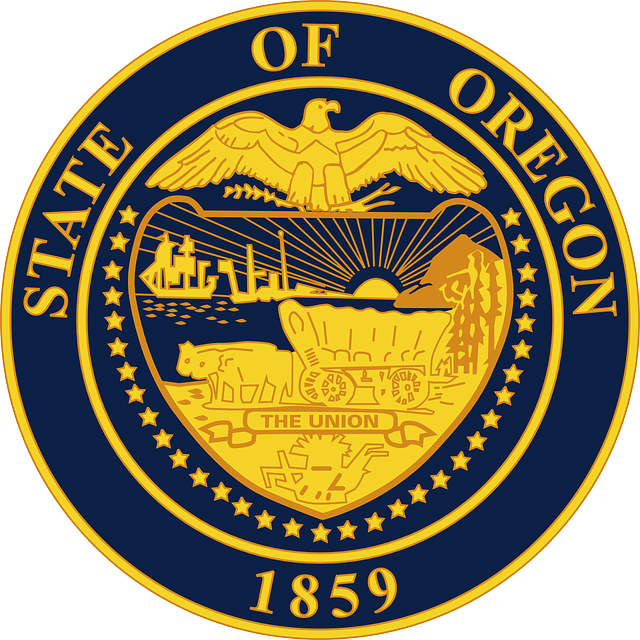The Oregon Child Welfare Court System is a structured framework designed to protect vulnerable children, serving as a child welfare court guide. This process involves families, caregivers, and advocates in complex legal proceedings, focusing on the child's best interests. Key players include social workers, parents with legal representation, and attorneys advocating for rights. The dynamic among these roles ensures comprehensive case consideration. The process begins with intake, continues through collaborative planning, and includes regular court hearings. Empowering oneself with knowledge about these stages, as provided by a child welfare court guide, is crucial for navigating procedures effectively while prioritizing the child's well-being. Local legal aid or attorneys can offer tailored support.
Navigating Oregon’s child welfare court procedures can be complex, but understanding the system is crucial for all involved parties. This comprehensive guide offers insights into the unique aspects of Oregon’s child welfare court, focusing on key areas like understanding the system, defining roles, and outlining legal processes with key stages. Additionally, it provides support strategies for individuals and families to navigate these challenging proceedings successfully. Whether you’re a parent, caregiver, or advocate, this guide equips you with essential knowledge for a more informed journey through Oregon’s child welfare court.
- Understanding Oregon Child Welfare Court System
- Involved Parties and Their Roles
- The Legal Process and Key Stages
- Supporting Yourself and Your Family Through the Process
Understanding Oregon Child Welfare Court System

The Oregon Child Welfare Court System is a complex process designed to ensure the safety and well-being of vulnerable children within the state. It serves as a crucial guide for families involved in child protection cases, providing a structured framework to navigate challenging circumstances. This system is dedicated to addressing the needs of children who may be at risk due to abuse, neglect, or family crises.
Understanding the court procedures is essential for anyone interacting with the Oregon Child Welfare Court. The process involves various steps, from initial reports of child welfare concerns to court hearings and potential case resolutions. By familiarizing themselves with this guide, families, caregivers, and advocates can better prepare for each phase, ensuring their voices are heard and the best interests of the child are at the forefront of these legal proceedings.
Involved Parties and Their Roles

In a child welfare court guide, understanding the involved parties and their roles is crucial. Key players include the child, parents or guardians, and various professionals such as social workers and attorneys. The child’s best interests are paramount, with the court tasked with ensuring their safety and well-being. Social workers play a vital role in assessing family situations, providing support services, and making recommendations to the court.
Parents or guardians have the right to legal representation and actively participate in proceedings. They are responsible for cooperating with child welfare agencies and attending court hearings. Attorneys advocate for their clients’ rights while guiding them through complex legal procedures. This collaborative effort ensures that all aspects of a case are considered, ultimately aiming to reach a resolution that prioritizes the child’s future and stability.
The Legal Process and Key Stages

The legal process in Oregon’s child welfare court involves several key stages, designed to ensure the best interests of the child are at the forefront. It begins with an intake and assessment, where a child welfare worker evaluates the situation and determines if the child is at risk. This initial step is crucial as it sets the tone for the entire case. If the risk is substantiated, a case plan is developed in collaboration with the family, outlining goals and services to achieve safety, stability, and well-being.
The court involvement intensifies with hearings where a judge reviews the case progress. These hearings, often scheduled monthly or at key milestones, assess whether the family is meeting the objectives of the case plan. The process culminates in a final hearing, where decisions regarding custody, placement, and future services are made. This guide equips parents and guardians with knowledge about these stages, empowering them to navigate Oregon child welfare court procedures effectively while prioritizing their child’s future.
Supporting Yourself and Your Family Through the Process

Navigating Oregon’s child welfare court procedures can be daunting, but understanding how to support yourself and your family is a crucial step in the process. A comprehensive child welfare court guide is essential for preparing you for what lies ahead. It’s important to note that this journey requires resilience and perseverance; staying informed about the legal process, knowing your rights, and understanding the expectations of the court will empower you to advocate effectively for yourself and your loved ones.
Delve into resources provided by local legal aid organizations or consider consulting with a qualified attorney specializing in family law. These professionals can offer guidance tailored to your unique circumstances, ensuring compliance with deadlines, preparing necessary documentation, and representing your interests in court. Remember that supporting yourself during this time means staying proactive, keeping detailed records, and seeking assistance when needed—a testament to your commitment to the well-being of your family.
